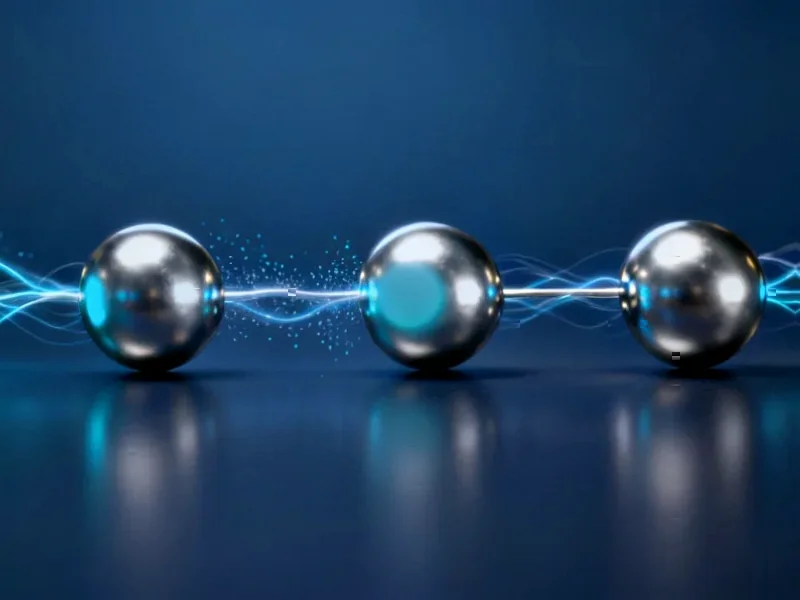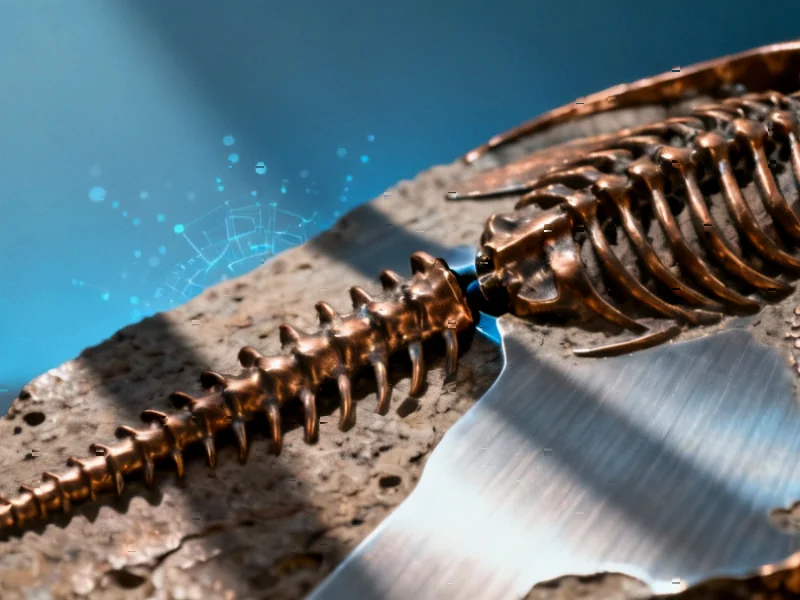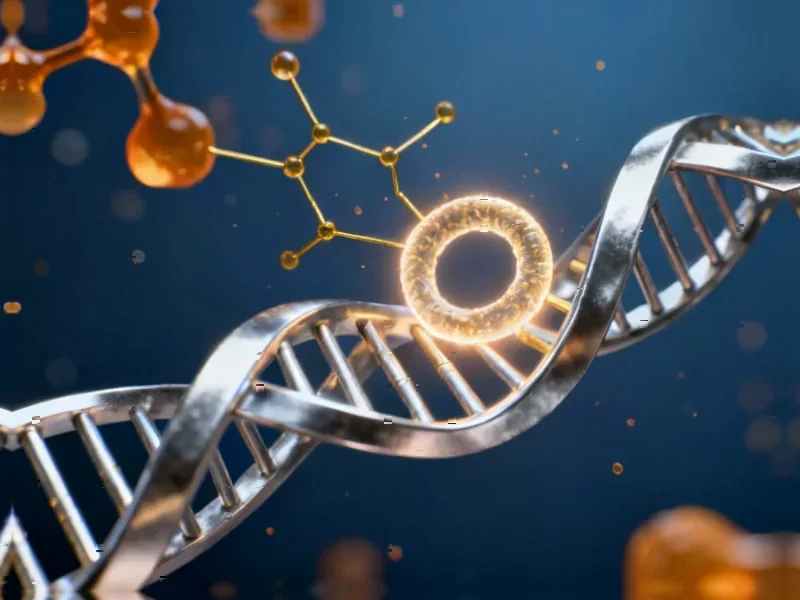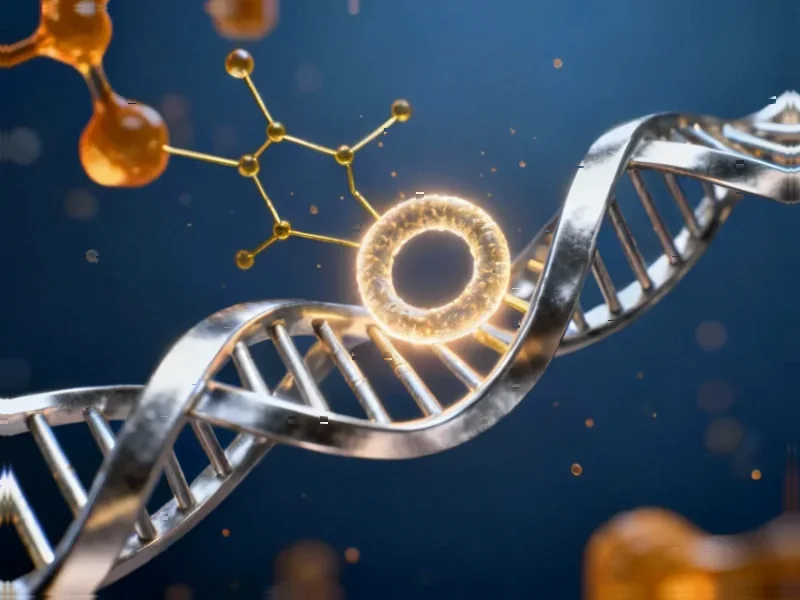Renowned paleontologist Neil Shubin, who discovered the revolutionary Tiktaalik fossil, is preparing to lead America’s National Academy of Sciences. Despite describing American science as being in a “dark age,” sources indicate Shubin remains remarkably optimistic about the future of scientific research and discovery in the United States.
From Fossil Hunter to Science Leader
Professor Neil Shubin, the University of Chicago paleontologist who transformed our understanding of evolution with his discovery of the fish-like Tiktaalik fossil, is poised to take leadership of America’s National Academy of Sciences, according to recent reports. The transition marks a significant shift for the prominent scientist from fieldwork in extreme environments to guiding national science policy.









